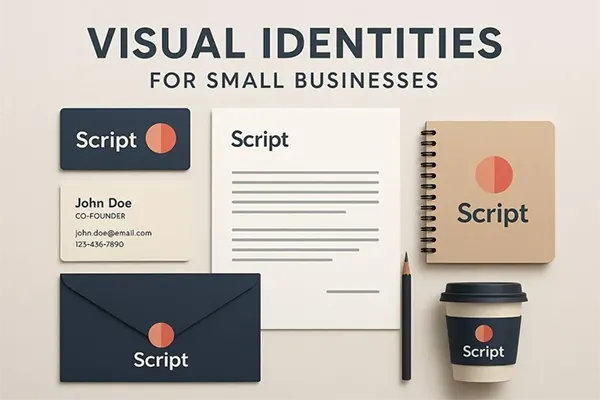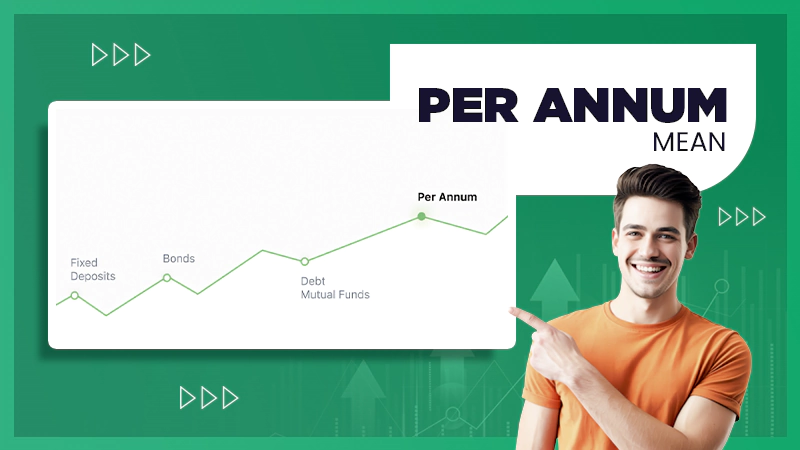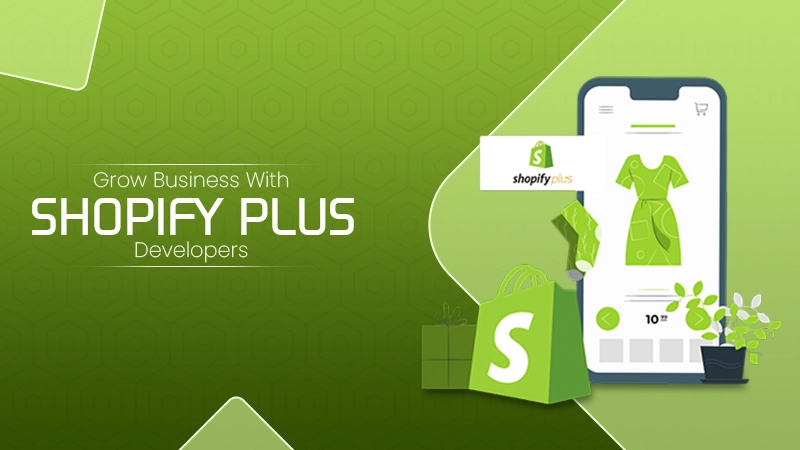Yes. Many platforms offer free trials or versions with enough features to create attractive business cards and branding materials.

Effective branding is essential as affordable technologies yield good ROI. Try this business card creator; it enables quick, low-cost self-promotion and design for logos and cards. Small businesses value quality, and this article highlights how branding tools enhance workflow while balancing cost and value for consistency.
Why should small businesses focus on cost-effective branding?
Affordable branding tools help small businesses create professional, consistent visuals without overspending. By using smart design platforms like business card creators, owners can build trust, boost visibility, and maximize ROI.
Table of Contents
- Introduction: Cost-Effective Branding for Small Businesses
- Key Takeaways
- Why ROI Matters for Small Business Branding
- Affordable Branding Solutions
- How to Create a Business Card with a Flexible Tool
- Evaluating and Simplifying Your Workflow
- Free vs. Premium Branding Tools
- Keeping Brand Consistency Across Teams and Branches
- FAQs
- Conclusion
Key Takeaways
- Affordable branding is possible: Small businesses and solopreneurs can create strong brand identities using cost-effective tools like or free business card creators.
- ROI matters: Smart branding investments build credibility and customer loyalty without draining budgets. Even low-cost digital assets can yield high returns.
- Simple design workflow: Starting with templates, uploading logos, choosing readable fonts, and exporting in high quality ensures polished results on a budget.
- Balance between free and premium tools: Free versions are great for beginners, while paid upgrades add advanced features like brand kits and high-resolution exports.
- Brand consistency: Shared templates, unified color palettes, and centralized assets keep team designs cohesive across branches and platforms.
- Flexibility leads to growth: Adopting adaptable design tools saves time, supports collaboration, and allows quick updates as your business evolves.
Why should small firms and solopreneurs care about the return on investment (ROI) of their branding?
Freelancers and small businesses must spend wisely on branding since every dollar counts. Skilled designers and effective advertising drive returns. Good branding builds trust and loyalty, while affordable tools enhance professional images and customer retention. Budget-friendly digital assets can yield significant returns, supporting low-cost design workflows.
How can strong branding improve ROI for small businesses?
Strategic branding builds trust and customer loyalty, turning even small investments in design into long-term returns. Smart use of budget-friendly tools enhances credibility and retention..
Branding for Small Businesses That Doesn’t Cost Much.

Many business owners worry about branding costs. Small firms can utilize affordable or free tech for professional visual identities. Some tools are very effective.
A few choices:
Adobe Express offers free or low-cost templates and branding tools for a limited time. Crello features a user-friendly interface for dynamic designs, suitable for quick creations. Try this business card creator for social media images and website banners.
What are the best affordable branding tools for small businesses?
Platforms like Adobe Express and other free business card creators offer cost-effective templates and easy customization, allowing businesses to build strong brand identities without high costs.
Making a Business Card with a Tool for Changing the Design
This quick article will show you how to use a flexible design platform for more than just business cards.
Step 1: Use a blank canvas.
- “Create New” or “Blank Canvas” will help you start over.
- The most common size for business cards is 3.5″ x 2″.
Step 2: Choose a style.
- Grids or guidelines keep the margins even.
- Pick a layout that fits with the style of your brand, whether it’s simple, modern, or unique.
Step 3: Pick fonts and upload your logo.
- Please supply a good logo.
- Your brand’s individuality should come through in the fonts you use. For consistency, only use three typefaces.
Step 4: Include your contact information and design.
- Please give us your name, job title, phone number, email address, and website.
- Adding colors, lines, and icons can make the card look better without making it look busy.
Step 5: Save on paper or digitally.
- To print, save your design as a PDF or JPEG with a high resolution.
- Send photographs to email and social media.
Tip: Use templates that save you time, but make them your own.
How can you design a professional business card using a flexible tool?
Start with a blank canvas, choose brand-matching fonts and colors, upload your logo, and export high-resolution files. A clean, simple design makes a lasting impression.
Look at Your Workflow.
Pick a design process that looks at more than just the results. Think about how easy it is to change. Think about:
- Can I fast change and make things?
Use a speedier option if it takes too long to change your contact information or branding.
- Does your design change quickly without having to start over?
- platform that is adaptable and changes rapidly saves time and helps with branding.
- Will your printed design look like it was made by a professional? Always print a test copy to ensure proper color and resolution.
- Do your print and internet marketing work together?
- good process simplifies tasks and provides options. Changes to your goods should be quick and clear, reflecting your brand’s evolving identity.
The bottom line: A design that is simple but works well makes things easier and ensures that the company is the same on all platforms.
Takeaway: It’s easier to make and update high-quality goods when you have a simple strategy that can be changed quickly and stays true to your brand.
How Much Do Free and Premium Branding Tools Cost?
When budgeting, consider free features like Adobe Express and a free business card maker versus costly options that offer advanced features.
- High-quality designs and content.
- Professionals can print downloads that are very high quality.
- Brand kits, saved styles, and custom typefaces are some of the more complex ways to brand yourself.
- Put customers first.
It’s really important to think about your needs:
- Are your designs only for one time? There might be more than one free version.
- Do you need all of your assets to have the same brand? Paid projects contain brand kits to make them look consistent.
- Do you make a lot of nice cards? Exporting in high resolution costs more.
Bottom line: Extra features might help with branding and make the product better. Small businesses should think about ROI before making upgrades.
Takeaway: Free tools are good for getting started, but pricey ones make branding better and more consistent.
Keep The Brand Consistent Across All Teams and Branches.
It’s hard to keep your brand consistent even with a small team and several locations. Here is some good advice:
- Make a roadmap for your brand’s style. Pick your voice, fonts, logos, and colors. Use it to guide all of your design work.
- Use templates for your brand. Use the tool you chose to save designs as templates. Only some layouts and styles can be used by team members.
- Put all your valuables in one place. The team should share files with a logo, a photo, and typography.
- Check and update every so often. Regular brand assessments can help you keep your brand assets up to date.
This is easier with a flexible design platform that lets teams share templates. Regular training and stringent rules help keep the brand’s identity.
How can small businesses maintain brand consistency across locations?
Shared templates, centralized assets, and clear brand guidelines help keep colors, fonts, and logos unified—ensuring every touchpoint reflects the same identity.
Conclusion
Cost-effective branding isn’t about cutting corners—it’s about making smart, scalable choices. With intuitive tools like online business card creators, small businesses can design professional assets that reflect their identity and values without overspending. Start simple, stay consistent, and refine as you grow. The right tools turn limited budgets into lasting brand impressions.







